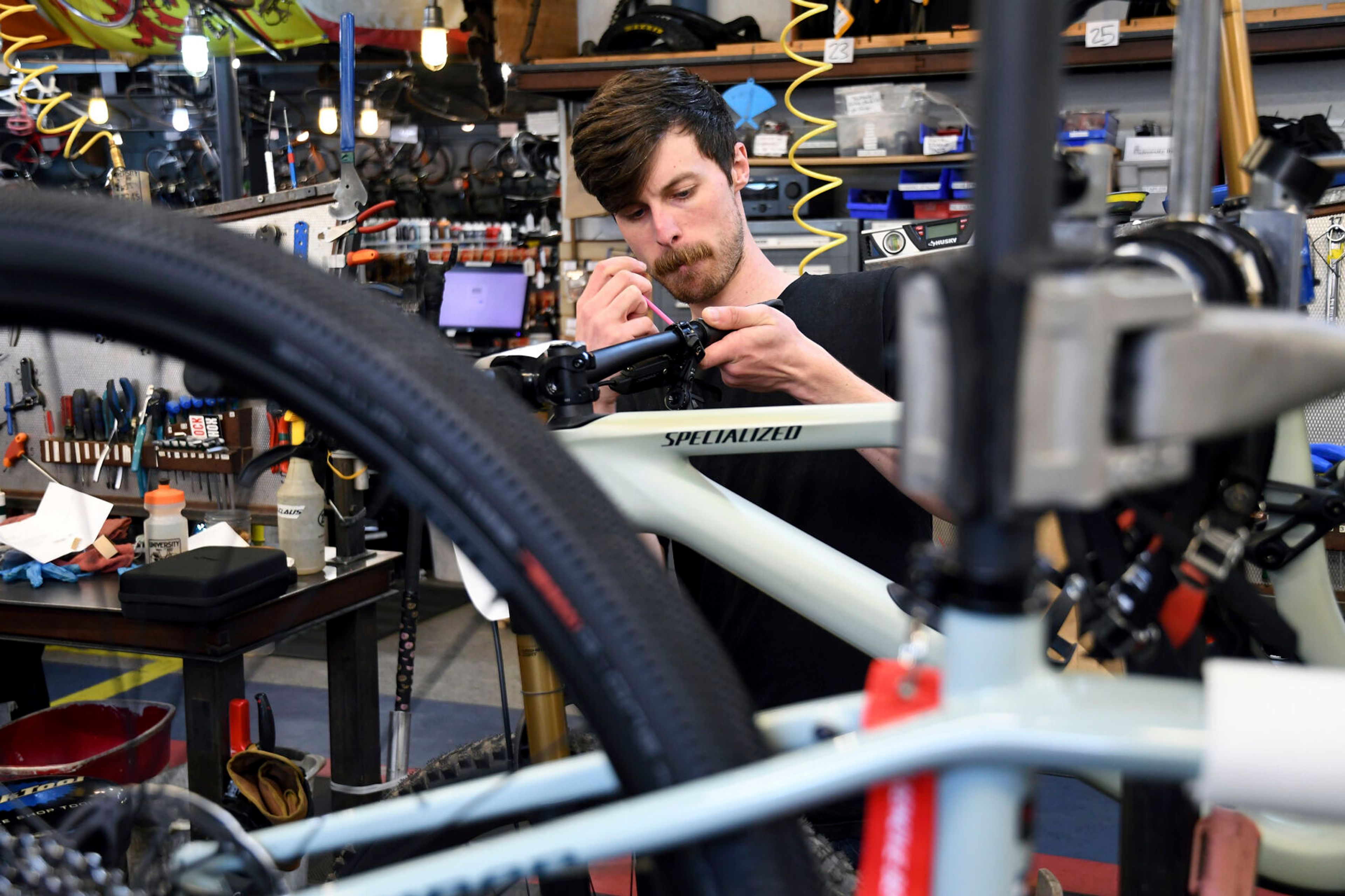OPINION: Green energy tax credits buy environmental degradation
Aquila chrysaetos are magnificent. For hundreds of years they’ve been revered and treasured by kings, rulers, nomads, groups and societies throughout the northern hemisphere. Thousands of people have spent a good portion of their lives and fortunes over that time caring for a single Aquila chrysaetos and just as many have risked their lives and fortunes smuggling them throughout the world. There is even an annual festival in Mongolia that celebrates the majesty of Aquila chrysaetos that draws spectators from all over the world.
In the U.S. though the American taxpayer is being forced to subsidize the killing of Aquila chrysaetos, which are currently under their carrying capacity and are, at best, stable or only slightly declining in population. And this is occurring because our government and a host of environmental groups are certain that a 16th century technology is going to save the planet and they’re willing to risk the welfare of Aquila chrysaetos to prove it.
Golden eagles (Aquila chrysaetos) and windmills do not mix. According to a 2022 report by the U.S. Fish and Wildlife Service, the western U.S. has a golden eagle population of approximately 31,800.
Fish and Wildlife estimates that around 2,200 deaths occur each year due to human causes, which is 60% of all golden eagle deaths and that of those 2,200 deaths, at least 900 are caused by windmills. The study also concluded that golden eagle deaths “will likely increase in the future” because of wind energy projects and other human activities.
The kicker is that golden eagles killed by windmills are not just a local problem. Golden eagles killed in California at the Altamont Pass wind farms are decreasing the populations of golden eagles here in Idaho, Washington, Oregon, Wyoming and Montana.
And when that happens, we suffer environmental consequences in our area that are not of our own making.
In the scientific journal, “Conservation Biology,” Vol. 31, No. 2, a research article titled “Golden Eagle fatalities and the continental-scale consequences of local wind-energy generation” by Todd E. Katzner and others, studied the golden eagle mortality that occurs at the Altamont Pass Wind Resource Area. They were trying to determine if the deaths caused there by windmills are compensatory, meaning they replace natural mortality, or if they were additive, meaning they were above and beyond natural mortality.
What they found was that the stable population of golden eagles in that area is only sustained by immigration from other eagle populations across the distributional range west of the Mississippi River and that the mortality caused by collisions with a 200 mile per hour windmill blade tip is additive.
DNA analysis showed that the majority of those in-migration eagles are coming from Wyoming, Idaho, Oregon and the desert Southwest. And since most of those eagles killed are sub-adult birds, they’ll never return there to breed and reproduce.
One of the solutions to maintaining the population at the APWRA is to mitigate the killing of golden eagles elsewhere across the western U.S.
All of which brings us to the Lava Ridge Wind Turbine Project in south central Idaho. The Bureau of Land Management is in the process of permitting a project on 73,000 acres of federal land that would put in place 400 towers that are 740 feet tall in Jerome, Minidoka and Lincoln counties.
This project is being done at the request of LS Power, a New York private equity company, through their affiliate, Magic Valley Energy LLC licensed in Delaware. The project will produce the power in Idaho for sale to out-of-state concerns and in the process, will be heavily subsidized by the renewable energy tax credits put forth in the Biden administration’s Infrastructure Investment and Jobs Act.
In fact, the only reason a proposal of this sort is entertained by LS Power is because the tax credits guarantee a profit for the life of the project.
The environmentalists have complained for decades about subsidies going to the oil industry. But they won’t say a single word about the taxpayer subsidies and favorable environmental reviews awarded to the windmill power industry. Make no mistake, though. Without those subsidies, you wouldn’t see a single windmill power tower anywhere in the U.S.
As for golden eagles, this project is in the flight path of eagles migrating to the APWRA out of western Canada. It’s less than 150 air miles from the world-renowned Snake River Birds of Prey National Conservation Area and is right on top of local golden eagle breeding and nesting sites.
This project will be allowed to kill a set amount of golden and bald eagles, which is going to reduce the in-migration population that the eagle population in the APWRA requires to sustain itself. Fewer numbers of eagles in Idaho will also put more pressure on the approval of natural resource projects here in the Gem State.
Golden eagles, like bats that are killed in great numbers by windmills, are a long-lived, slow-to-reproduce species. When you unnecessarily kill one off, you set the sustainability of the population back for several years — if not decades.
And the cold hard fact is we need the agricultural benefits produced by golden eagles and bats far more than we need a plethora of taxpayer-subsidized windmill power projects.
Unfortunately, we have an administration that is dead-set on sending American tax dollars to the European companies that manufacture the windmill components. And in the process, if they kill eagles and degrade the lives and property of the Lincoln, Minidoka, Jerome, Gooding and Camas county residents as well as the natural beauty of Idaho, well, that’s just too bad.
Windmill projects will determine the tipping point of the golden eagle population in the western U.S.
The question now is: How much of that blood-red, green energy will it take to reach it?
Hassoldt is a field forester who lives in Kendrick.









